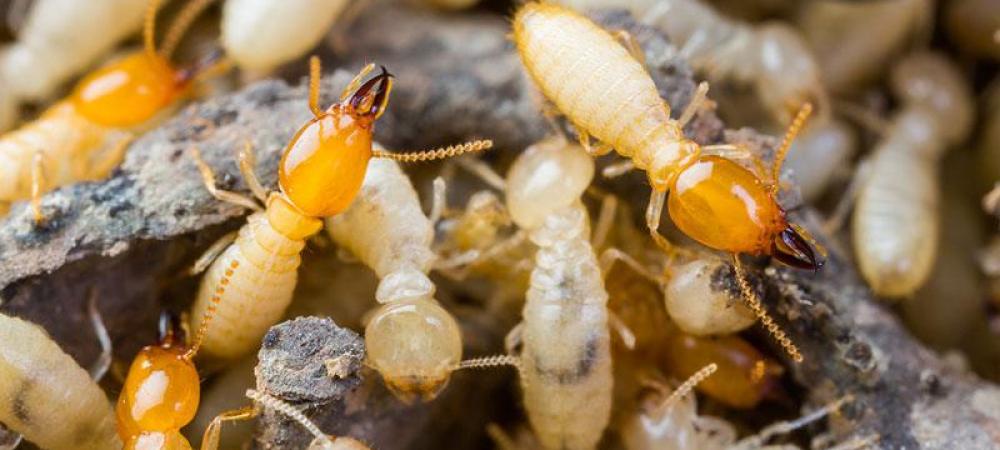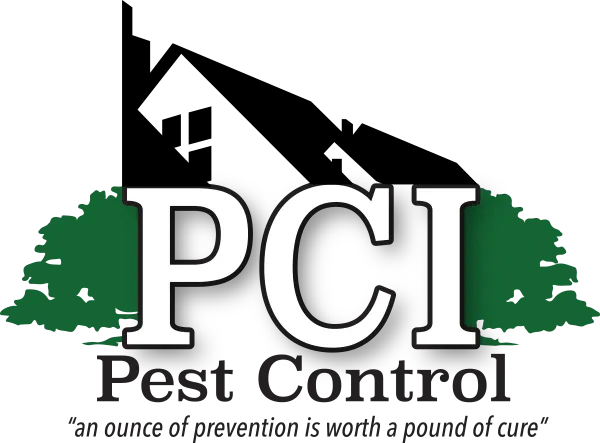Signs of a Termite Infestation in Celina, TX

Termites seriously threaten residential and commercial properties in Celina, Texas. These formidable pests can cause extensive property damage that significantly affects structural integrity. Termite activity is difficult to detect, but early identification of termite infestation can minimize the damage and repair cost.
In the Celina, Texas, area, it is not uncommon for homeowners and business owners to experience termite infestations due to the region's climate and geographic location. As such, it is important to know the signs of termite activity and take proactive steps to mitigate the risk of termite damage to your property.
If you suspect a termite infestation in Celina, Texas, it is important to take immediate action to identify and address the issue. The first step is to inspect for signs of an infestation, such as peeling paint, hollowed-out wood, mud tubes, and discarded wings near window sills or door jambs. If any of these signs are present, it is time to call a certified termite control specialist in Celina to inspect and treat the infestation.
Mud Tubes on the Exterior Walls of Homes and Businesses
Mud tubes clearly indicate a termite infestation in Celina, Texas. Termites build these mud tunnels to protect themselves from predators and maintain a humid environment within the tube. Mud tubes are made of soil, wood, and termite saliva. These tunnels provide a direct path for subterranean termites to access a food source.
Mud tubes can be found on the exterior walls of homes and businesses. They often appear as pencil-sized brown tubes running vertically or horizontally along the outside of the structure. These tubes may also be found on interior walls, foundations, and other areas where termites can access a food source.
Damage to Wood Structures in Homes and Businesses
Carpenter ants and termites are two types of pests that can cause significant damage to wooden structures in homes and businesses in Celina, Texas. Carpenter ants can carve out tunnels and galleries in the wood, which can weaken the structural integrity of the building over time. This can be especially dangerous in load-bearing structures such as porches and decks.
Termites, on the other hand, can cause extensive and often irreparable damage to wooden structures. They feed on wood and other cellulose-based materials such as carpets and paper. Over time, their activity can result in hollowed-out wood, making it brittle and weak.
Both carpenter ants and termites can weaken the structural integrity of buildings by damaging the wooden supports and frames. They can also attract other pests that are attracted to moisture and decay, such as cockroaches and different insects. This can cause an infestation of additional pests, posing a health risk to those occupying the building.
Peeling Paint
Peeling paint may seem like a minor cosmetic issue at first glance, but it can signify a larger problem - a termite infestation. In Celina, Texas, termite infestations are common for property owners. Termites consume wood from the inside out, including wood that's covered with paint. As a result, the paint on a wall or door begins to bubble, blister, and peel off, leaving bare wood exposed.
Peeling paint is concerning because it often indicates that termites have been feasting on the wood underneath, causing extensive damage. If left untreated, termite infestations can result in severe property damage and costly repairs. Property owners should watch for signs of termite activity, such as peeling paint, hollowed-out wood, and mud tubes. These signs are vital to watch since termites often infest a property for years before they are detected, leaving extensive damage.
Finding Discarded Wings Near Window Sills or Door Jambs
One of the most apparent signs of termite activity is finding discarded wings near window sills or door jambs. This usually indicates swarmers, reproductive termites that have flown away from their previous nest in search of a new place to start a colony.
Swarmers are attracted to light sources, so it's not uncommon to find their discarded wings near windows and doors. These wings are typically shed once they land and can be easily spotted as they are usually found in piles.
Squeaky or Uneven Floor Boards
Squeaky or uneven floor boards are another sign of a termite infestation in Celina, Texas. Termites consume wood from the inside out, resulting in weakened beams and joists that cause floors to become uneven and squeaky. This is especially common when floors are constructed with softwood lumber such as pine or fir. If left untreated, these weaknesses can lead to structural damage that can be expensive to repair.
What Attracts Termites to Your Home?
Termites are formidable pests that can cause significant damage to residential and commercial properties in Celina, Texas. These pests are attracted to homes due to various factors, primarily wood, moisture, and warm temperatures.
Termite colonies seek out wood as their primary food source, making homes with wood structures and furniture susceptible to infestations. Moisture is also a significant draw for termites, as they require water to survive and thrive. Homes that have issues with excess moisture or leaky pipes are at high risk for termite infestations.
Warm temperatures are also attractive for termites, as they prefer environments that range between 75-90 degrees Fahrenheit. Texas's humid subtropical climate provides ample conditions for termites to proliferate.
Areas in and around homes where wood and moisture are prevalent, such as crawl spaces, attics, and woodpiles, are major attractants for termites. In Celina, residential and commercial property owners can take preventative measures to protect their properties from termite infestations by conducting regular inspections, addressing moisture issues promptly, and keeping wood structures and furniture dry. If an infestation is suspected, it is crucial to contact a pest control professional immediately for proper treatment and prevention measures.
